|
Where you place your dishwasher can increase or decrease your kitchen’s functionality and flow. And although there is no one exact right place that dishwashers should universally go, this week I have a list of quick tips that you should think about before deciding where to put your dishwasher. If you haven’t heard our Dishwasher Buying Guide Quick Tips, you might want to go to episode 80 and take a listen. Let's get right into it... 1. Locate the dishwasher directly next to the sink to make loading rinsed dishes easier. (this may seem obvious, but you’d be surprised about how many people miss this one). Although there are many dishwashers on the market that don't require dishes to be rinse, many people still rinse before they load their dishes into the dishwasher. With a dishwasher adjacent to the sink, you’ll have to take fewer steps when cleaning up the dishes, and you’ll have less water dripping from rinsed dishes to the floor. Bonus here is that putting the dishwasher next to the sink will make plumbing less complicated and less costly. But here’s a warning, if you rinse your plates and pots too well before putting them in the dishwasher, the dishwasher may not wash them very well. That’s because many of today’s quality dishwashers have soil sensors that assess how dirty dishes are and they adjust their washing power accordingly. The more soiled the dishes, the more power and water the dishwasher will use to clean the dishes. If you do too much pre-rinsing, the dishwasher won’t use much power. 2. Place the dishwasher near drawers or cabinets that house everyday dishes and flatware. This makes unloading the dishwasher more convenient. Your goal should be to only take one or two steps between your dishwasher and cupboards. Your dishwasher can be adjacent to these cupboards, or opposite to them, as long as you don’t need to move too far between them. Maybe add a smaller, upper drawer for forks, knifes and spoons, and larger, lower drawers for plates and bowls that you use regularly beside your dishwasher. And you can locate the dishwasher across from a cabinet, or open shelves where you store everyday glasses and cups. Sometimes placing cabinetry for dishes and flatware near the dishwasher is not possible because of the size or shape of your kitchen. Small L-shaped or U-shaped kitchens may be especially challenging. But even if these cupboards can't be placed near your dishwasher, try hard to put your everyday dishes and glasses in drawers and cabinets that can be fully opened at the same time as your dishwasher door for practical unloading. Speaking of that… 3. Ensure that wherever you place your dishwasher, there is ample space behind the dishwasher door so the door doesn’t block work areas or walkways when it’s open. If you have the space, shoot for at least 48 inches of free space behind the dishwasher. And avoid having your dishwasher door open into an area where someone would stand when using the stove since the dishwasher door can be open for several minutes at a time. 4. Locate the dishwasher near a trash bin. Because most clean up involves scraping food scraps in the garbage disposal within the sink, and/or into a trash bin, putting a trash bin near the dishwasher is helpful. Although it may not serve as the main trash bin, think about putting at least a small, pull-out garbage can for food scraps under your sink, or within cabinetry near your sink. With more than one person cleaning up dishes, the best place to put the food scrape bin is beside, but not under the sink, unless you have an especially large sink (with a large sink, there is usually enough room for two people to be at the sink-- one scraping and one rinsing) . If you have enough room around your dishwasher, consider this island or base cabinet arrangement for easy clean up: Drawers for everyday dishes, dishwasher, sink, then trash bin Or, if you want your dishwasher to the right of your sink, you can arrange like this: Trash bin, sink, dishwasher, then drawers for dishes. Speaking of that, tip number 5 has to do with whether you should put the dishwasher on the right or left of your sink? 5. Although there is no truly correct answer and I’ve read that you will get used to either arrangement over time, a good rule of thumb is that right-handed people should put the dishwasher to the left of the sink, and the left-handed people should put the dishwasher to the right of the sink. That’s because right-handed person will naturally hold a dish in their non-dominant, left hand and use their dominant right hand to scrape or wash the dish, then they can more easily to load the dishes with their left hand into a dishwasher positioned to the left of the sink. The opposite applies to a left-handed person. But people are often creatures of habit, so they sometimes prefer to locate the dishwasher in their new kitchen on the same side of the sink that it was positioned in their old kitchen, regardless of whether they are left or right handed. Because you’ll likely to get used to a dishwasher on the right or left of your sink, create a layout that works best for the rest of the kitchen and the placement of other appliances. Don’t force your dishwasher into a left-of-the-sink or right-of-the-sink position at the expense of creating an overall good layout. 6. If you have a larger house, and you do a lot of formal entertaining, you might consider adding your primary dishwasher, or a second dishwasher, to your butler’s pantry. If you add a dishwasher and a second sink to a butler’s pantry, your dirty dishes can be taken straight there after a dinner party and all dishes and pots and pans can be washed there, leaving the main kitchen neat and tidy. If you do a lot of informal entertaining, or have a large family, consider adding a second dishwasher to the main kitchen, so friends and family can help you load and unload after meals. 7. If you have chronic back pain, or dislike bending down to load and unload your dishwasher, think about elevating your dishwasher. Setting your dishwasher on top of a platform that’s raised several inches off the floor, or directly above a drawer or cabinet, similar to how wall ovens are positioned, will be easier on your back. The cabinetry below the dishwasher can be used to store dishwasher tablets and dish towels. Think about these tips when considering the placement of your dishwasher, but, as with everything, the most important things to keep in mind are how you specifically do the dishes. Visualize yourself loading and unloading your dishwasher and make the final decision about your dishwasher placement based on your habits and workflow. I hope these tips help you figure out the perfect placement for your dishwasher. If you know someone who’s building or remodeling a house and you think this episode would helpful to them, you can share the show by text or email or on your social media channels or on Group Me. Please remember that the purpose of this podcast is simply to educate and inform. It is not a substitute for professional advice. The information that you hear is based the only on the opinions, research and experiences of my guests and myself. That information might be incomplete and it’s subject to change, so it may not apply to your project. In addition, building codes and requirements vary from region to region, so always consult a professional about specific recommendations for your home.
0 Comments
Your comment will be posted after it is approved.
Leave a Reply. |
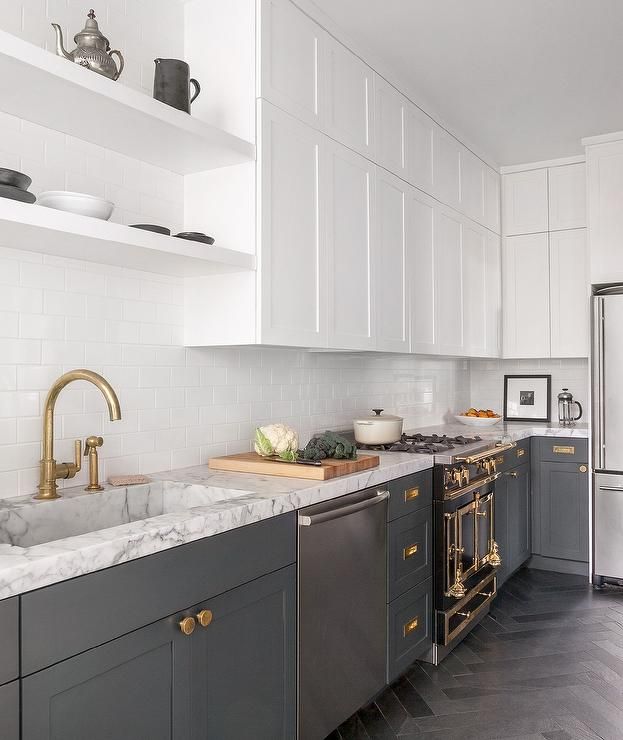
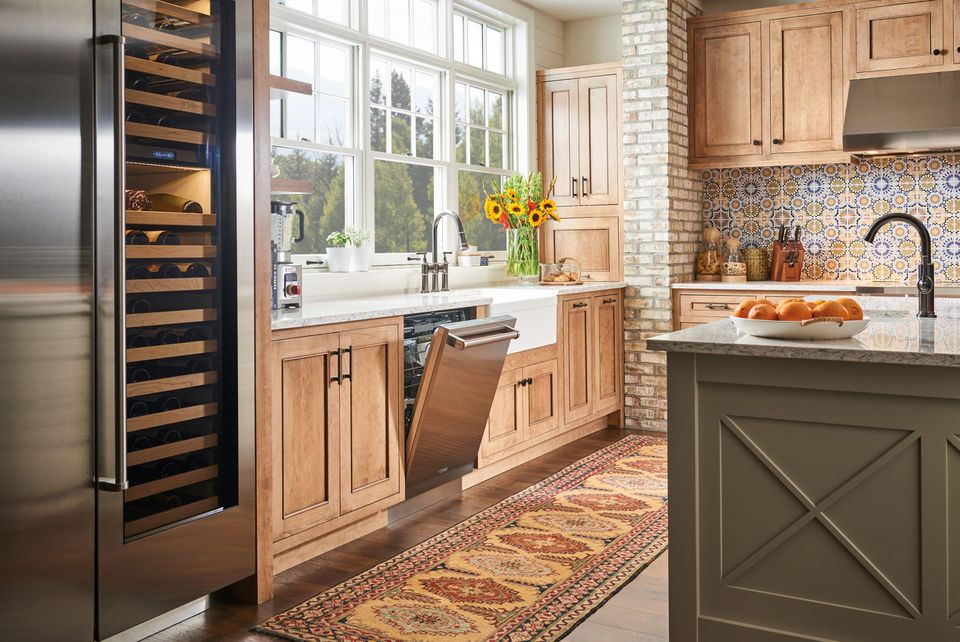
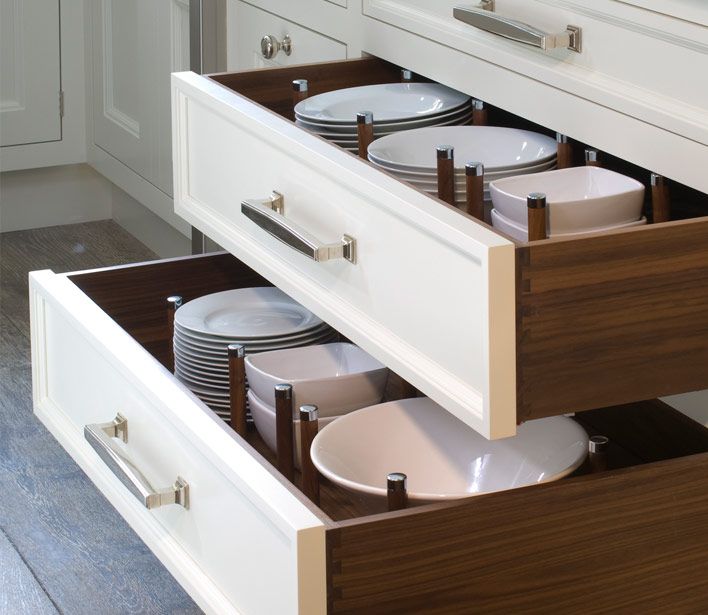
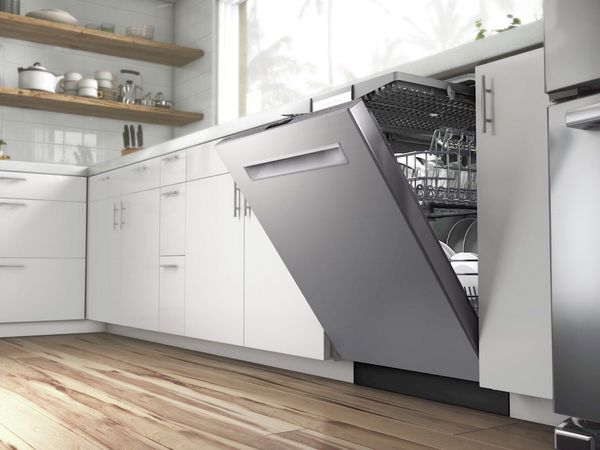
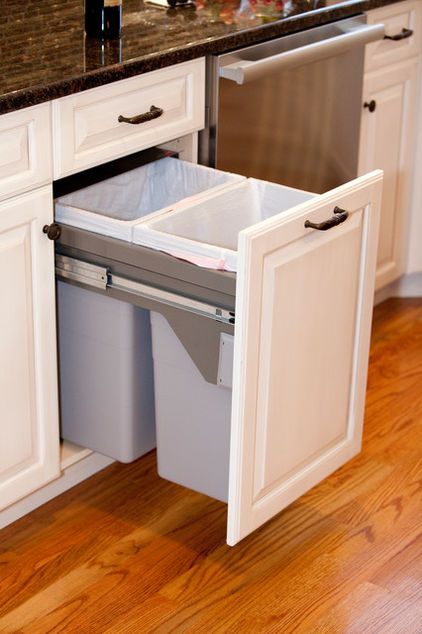
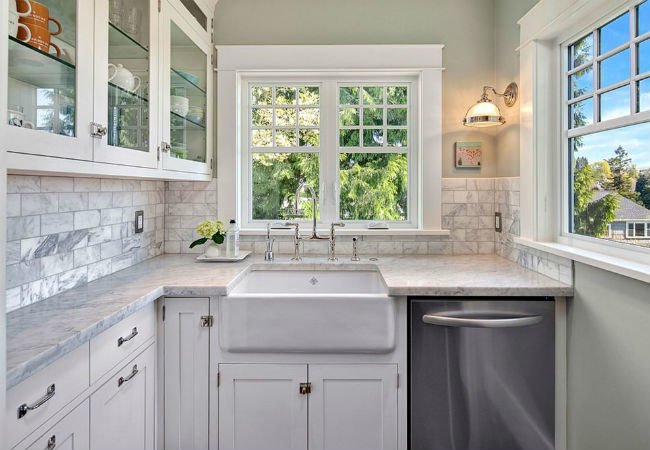
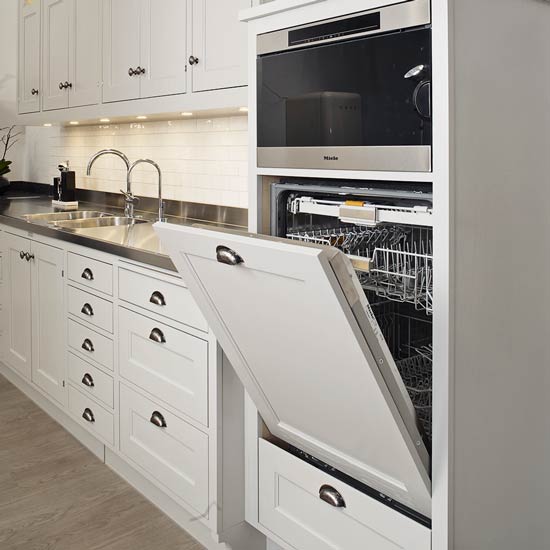
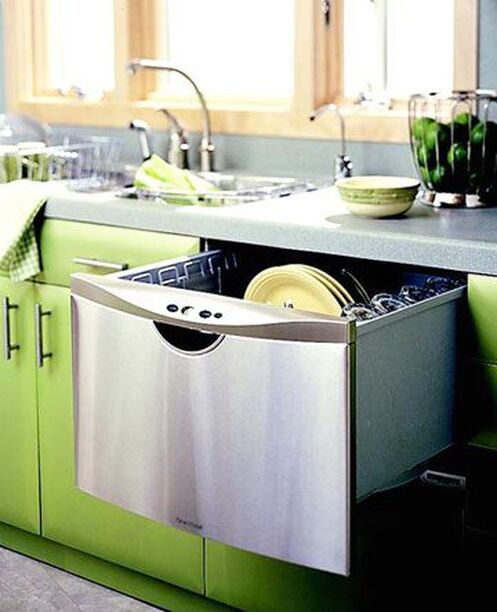
 RSS Feed
RSS Feed